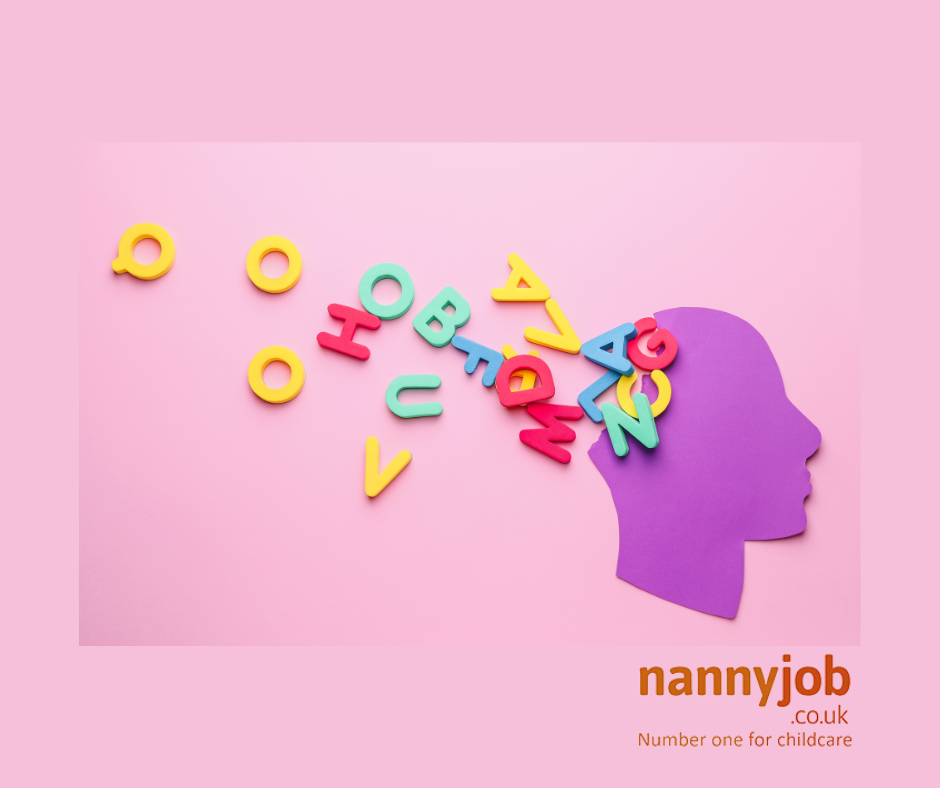Introduction
Dyslexia Awareness Week and Dysgraphia Awareness Day, observed in October, highlight the importance of understanding learning differences that affect reading and writing. Dyslexia and dysgraphia can present unique challenges for children in their academic journey, but with the right support, they can thrive. Here’s what you need to know about these learning differences and how to support children who are affected.
1. What Are Dyslexia and Dysgraphia?
Dyslexia is a learning difference that primarily affects reading skills. Children with dyslexia may have difficulty with reading fluency, decoding words, spelling, and comprehension. Dysgraphia, on the other hand, impacts writing skills, including handwriting, spelling, and the ability to express thoughts in written form.
2. Recognising the Signs
Common signs of dyslexia include difficulty recognising words, trouble with phonemic awareness, and slow or inaccurate reading. Signs of dysgraphia may include poor handwriting, difficulty forming letters, inconsistent spacing, and challenges with organising thoughts on paper. Early identification is key to providing the right support and interventions.
3. Providing the Right Support
For children with dyslexia or dysgraphia, it’s essential to provide a supportive and understanding environment. Encourage them by focusing on their strengths and celebrating small achievements. Provide access to specialised resources, such as reading programs, occupational therapy, and assistive technology.
4. Collaborate with Educators and Specialists
Work closely with teachers, tutors, and specialists to create an individualised education plan (IEP) that addresses the child’s unique needs. Regular communication ensures everyone is aligned in providing the best support possible.
5. Encourage a Growth Mindset
Children with learning differences benefit from encouragement and a growth mindset. Remind them that everyone learns differently, and it’s okay to ask for help. Reinforce the idea that their efforts matter more than their struggles.
Conclusion
Understanding and supporting children with dyslexia and dysgraphia can make a significant difference in their educational experience. By recognising the signs, providing the right support, and fostering a positive environment, we can help them reach their full potential.

